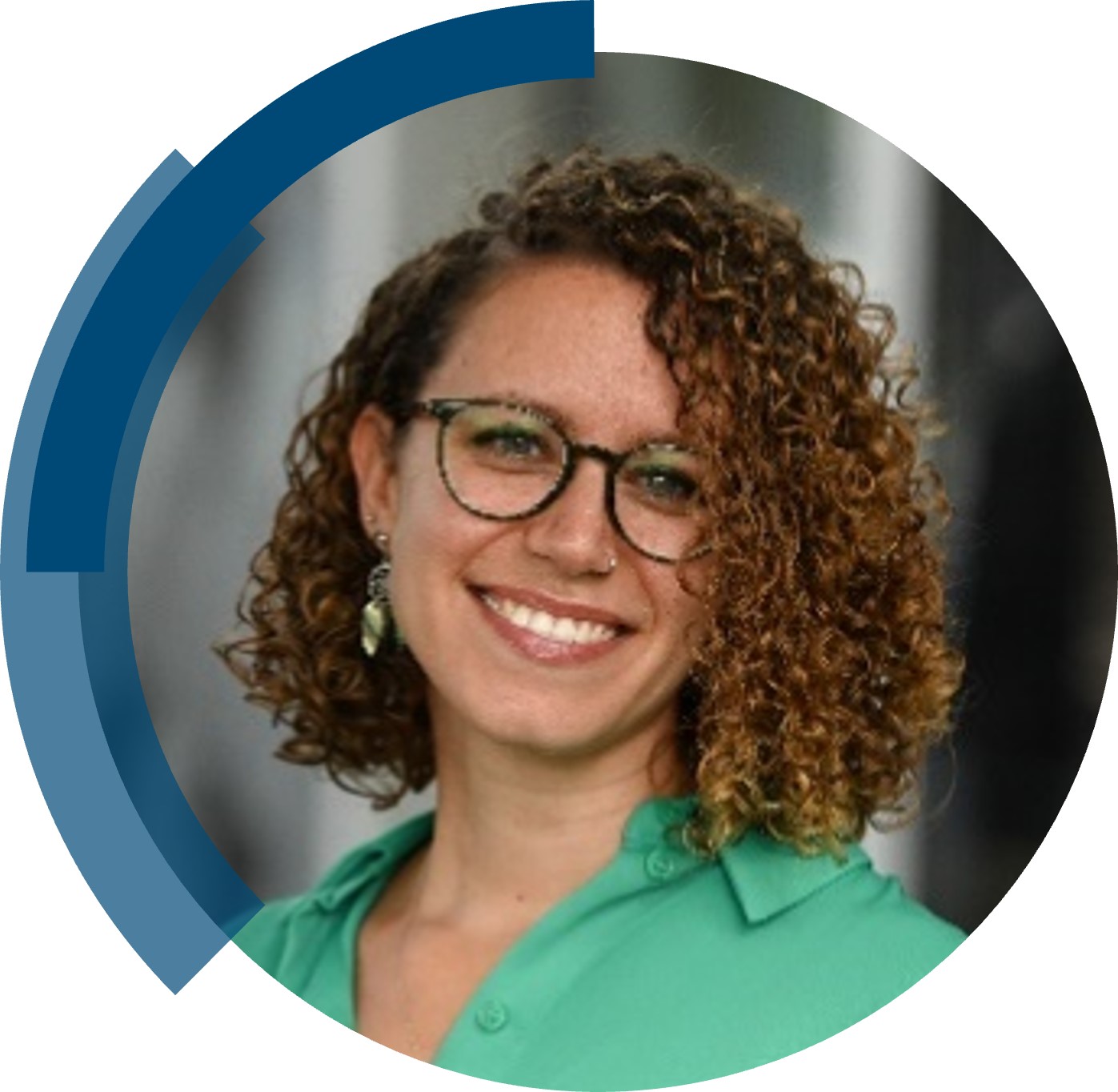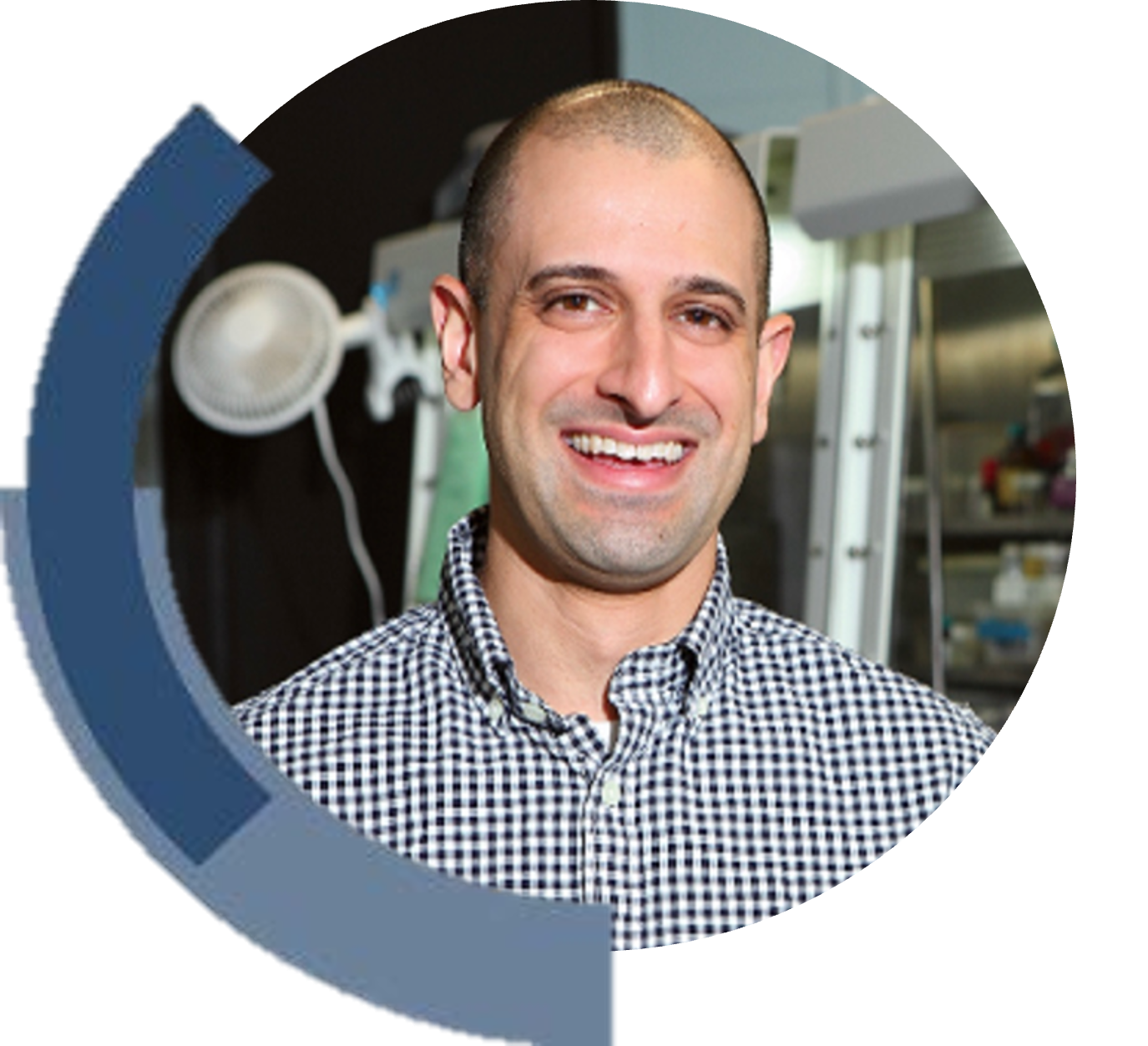ChemComm is publishing its 60th volume in 2024. Over the past 60 years, ChemComm has been the RSC’s most cited journal, and one of the most trusted venues for rapid publication of short communications. In our anniversary year, we recognise the important contributions ChemComm has made, and continues to make, in advancing the chemical sciences.
As part of our anniversary celebrations, we’ve brought together a collection featuring the latest research from some of our most loyal and dedicated authors. From those marking the beginning of their independent academic career by publishing their first article with us, to the rising stars and established leaders publishing in our yearly ‘Emerging Investigators’ and ‘Pioneering Investigators’ collections, this collection champions the contributions of our worldwide author community. We are proud many authors choose to support our journal by regularly publishing their best work with us. This collection also features papers from our ChemComm Emerging Investigator Lectureship winners, and our Outstanding Reviewer awardees, whose invaluable feedback has shaped our published content through the years.
To accompany the collection, we’ll be publishing interviews with contributing authors where they provide further insight into their research and reflect on their journey with ChemComm.
Check out our interview with Professor Drew Evans (University of South Australia, Australia) below!
 |
Drew Evans is a Professor and Professorial Lead in the Future Industries Institute, University of South Australia. A physical chemist by training (PhD, Australian National University, 2006), he currently leads a team in materials engineering. Drew has experience working in private industry and has spent the past decade working at the intersection of academic research and industry. His research focuses on enhancing the performance and manufacturability of thin film coatings, in particular organic conductors and semiconductors. |
What is your favourite thing about ChemComm?
ChemComm remains one of the best peer-reviewed chemistry journals to find out the latest advances in our field. I know that I can direct my staff and students to read the latest and greatest research, and trust that it is robust and topical without added hype.
How would you describe the peer review process and interaction with the editorial team at ChemComm?
The peer-review process at ChemComm is excellent. The editors are experts in the field and engage with the corresponding author in a concise and frequent manner. The reviewers always have constructive feedback to strengthen the manuscript. This makes the sometimes daunting process of peer-review much less stressful – especially when mentoring emerging researchers through the process.
Are there ways in which the journal can further support and engage with future generations of scientists?
ChemComm does a great job of supporting future generations through their themed issues that highlight up and coming researchers across the globe.
Could you provide a brief summary of your recent ChemComm publication?
Our recent publication in ChemComm reports on recent observations we made on thin films of perovskite semiconductors. Our team has expertise and experience in analysing materials using photoelectron spectroscopy. We decided to study thin films of the perovskite semiconductor CsPbBr3 using both x-ray and ultraviolet photoelectron spectroscopy, specifically to do depth profiling through the thickness. To our surprise we discovered that the stoichiometry and (valence and conduction band) energy levels varied across the thickness – which have long assumed to be constant. The energy levels we report indicate that charge carriers generated within the perovskite semiconductor won’t simply transport to the electrodes under a constant electric field. In some cases, these charges may be trapped within the device.
In your opinion, what are the next steps or potential areas of research that could build upon the findings in this paper?
Perovskite semiconductors are an emerging material used in next generation solar cells. These perovskite solar cells are touted as the disruptive technology to displace silicon cells in many applications. In our study, we deposited the perovskite thin films using the widely popular two-step coating process used to make these thin film solar cells. The anisotropy we see through the thickness of the film has implications for how charge is generated and transported within the solar cell itself. It is our hope that reporting our observations will help chemists develop perovskite semiconductors with desirable through thickness properties to yield even better solar cells in the future.
Be sure to read the team’s full Communication, “Through thickness anisotropy in all inorganic perovskite thin films via two-step synthesis: implications for voltaic devices” to learn more!
























